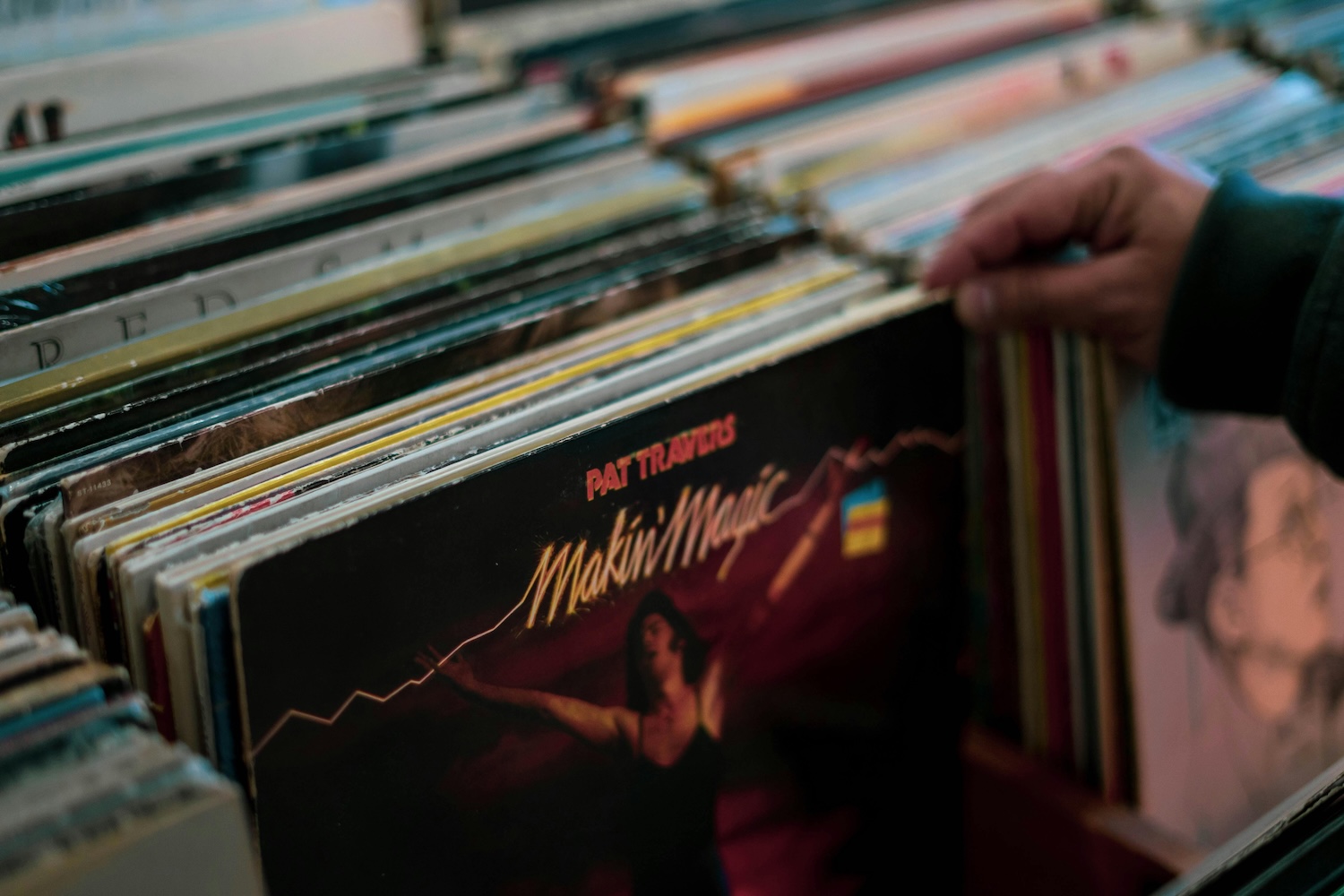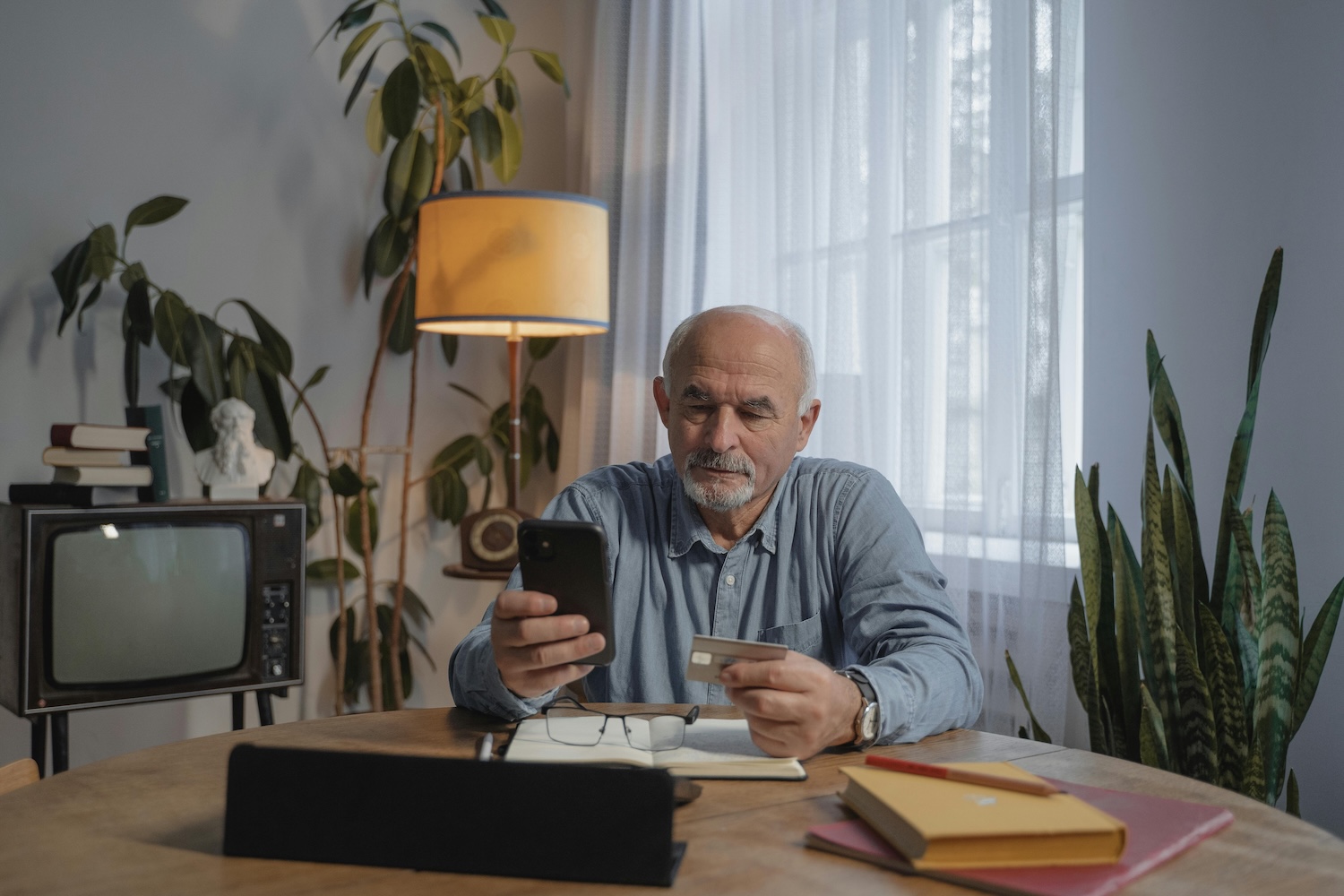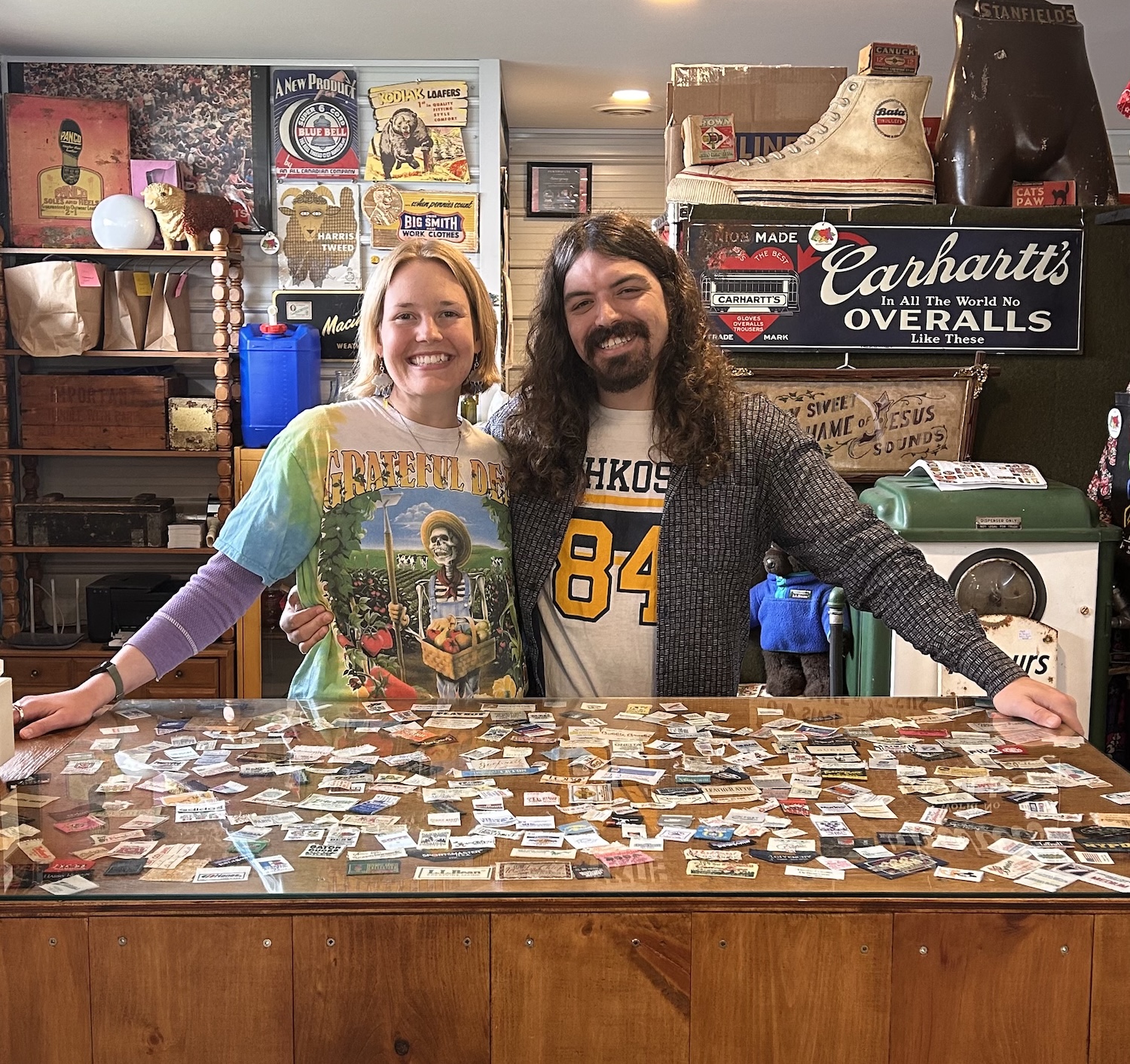
Safety first: A guide to vintage product safety for buyers and sellers
From outdated wiring to toxic lead, here’s what to watch for when buying or selling vintage products
Nothing beats finding a one-of-a-kind vintage treasure at a killer price point. But sometimes, vintage items can have electrical, chemical or structural issues that make them unsafe or even dangerous if you don’t know what to look for.
With so much conflicting information floating online from reputable government or public health sources along with anecdotal warnings, there’s no definitive guide to vintage or secondhand product safety.
Here are some things buyers and vendors should keep in mind when scouring for or selling some common thrift store finds.
Vintage lighting: Let there be light (not sparks)
That circa-1920s chandelier may look spectacular but don’t even think about not getting it inspected and rewired first, otherwise most electricians won’t install it, says Michael Rosar, owner of Turn of the Century Lighting which services the Greater Toronto Area and is the only company in Canada that offers CSA-approved rewires on vintage and antique lighting.
“Electricians are getting a lot stricter because they have a lot more responsibility to clients and to local electrical authorities, so there's more liability. They don't want to install anything with cloth wiring or 100-year-old sockets,” explains Rosar, adding that old wiring can become a problem immediately, from the second you flip the light switch.
“Electrical wires have [currents], so if there's any short where that wire's been compromised or the insulation's come off, it can create a spark or the fixture can become live,” Rosar says. “So if you touch the metal, you get a shock.”

What buyers should know
Expect to pay $125 and up to rewire a lantern or pendant with a single socket, says Rosar. That includes labour for rewiring, a new socket and wire, CSA certification, and any associated parts like a ceiling cap or mounting bar.
“Always get a vintage light repaired, unless you have an authentic Tiffany lamp purchased at auction for $100,000; those keep their value from the original sockets and wire,” he adds.
Editor's note, added August 2023: Use a Google search for "lamp repair", "lighting repair" or"lamp rewiring" plus your local area to find where to get a light repaired. Add "vintage" or "antique" and you may find specialists. In addition, The Cat's Brass Vintage had some extra tips shared on our Instagram page: Another option is to leave the lamp unplugged, or remove the cord and buy a rechargeable lightbulb. Note the bulb would need to be one that is charged externally so it doesn't rely on the lamp as a power source.
What sellers should do
Resellers should always disclose that a light may have original wiring and point out any damage, so buyers understand what needs repairing or restoring, says Rosar.
“When it's a hairline crack on the glass or a small dent on the 150-year-old lighting fixture, most people get that. But if there's metal fatigue where there's splitting, or a noticeable repair, those things need to be disclosed, especially if they're asking top dollar for the light,” he explains.
Vintage radios: Dial in for display only
Vintage radios and other electronics weren’t manufactured to the same standards of safety as modern equipment and would generally be illegal to sell new today, says Gerry O’Hara, director and president of the Canadian Vintage Radio Society in Victoria.
“Power cords were non-polarized, and in the case of AC/DC radios, this can result in the metal chassis or exposed metal parts becoming live to the line voltage. Failing parts such as electrically leaky capacitors can short the line voltage to the chassis, and all exposed metal parts can pose significant electrical shock risk,” says O’Hara.
Tube-based radios and other equipment often have high voltages, and most North American-manufactured sets don’t have rear covers over the cabinets, posing a risk to anyone reaching into it while switched on, he adds.
“Degraded components can also result in damage and fire hazard if a set is switched on without being checked over and any such parts replaced before connecting the line cord and switching the set on,” explains O’Hara.
Continued below
Support our work and get perks
Become a member
Continued from above
Vintage electronic components inside radios may contain hazardous materials like asbestos, PCBs and cadmium, which are all carcinogenic, he adds.
Some tubes inside of vintage military equipment can contain mercury, radioactive substances or radium paint, which could be harmful to anyone working on internal radio parts. It’s best to keep radios for display only.

What buyers should know
When purchasing an antique radio or vintage electronic item, check if the chassis looks complete, dial cords are in place, all tubes and knobs are present and match, the speaker cone is intact, there’s insulation on any exposed wiring, and the dial and dial cover are in good shape, suggests O’Hara.
“Don’t switch on a vintage radio or electronic until it’s been checked over by a competent electronics technician,” he adds.
What sellers should do
Merchandise to show how vintage radios can be used as decor — and be upfront about them being better used for display.
“For sellers, honesty is best; if you don’t know the answer, say so,” O’Hara says. “Cutting the power cord off discourages folks from plugging the radio in when they get it home.”
Vintage ceramics and crystal: Do they contain lead?
Highly collectible pie keepers, ceramics and crystal are prized for their colour, texture and function, but it’s safest to enjoy many of these items from a display shelf and not your dinner table, says Miriam Diamond, a professor at the University of Toronto’s department of Earth Sciences.
“I would be most cautious about vintage leaded crystal: It can leach lead, a very potent neurotoxin, so don’t use leaded crystal for drinking, especially wine and any other acidic liquids like juice,” says Diamond.
Some antique crystal vessels could contain up to 32 per cent lead oxide, according to scientists at McGill University. Lead poisoning can cause headaches and neurological problems, stomach ailments or seizures and can affect the development of children’s brains if ingested.
“Another one to avoid for food contact is vintage pottery or crockery, where metals were often used to obtain bright colours. The crockery is okay when put on display, but not for food because putting in food allows for transfer of those toxic materials into the food you're eating,” says Diamond.
Vintage pottery or crockery covered in fine cracks (a defect in the glaze called crazing) should also be used for display only, as food particles can get into the cracks and cause bacteria to grow.
Old kitchenware may have a gorgeous patina, but if it’s scratched or rusty, don’t use it for food. Other items that likely contain lead include doors, windows or trim manufactured and painted before 1978, old hardware and some antique and vintage children’s toys.
The internet has been rife with stories about post-1950s Pyrex (made of tempered glass, which is not as resistant as the borosilicate that was once used) shattering spontaneously, but if you don’t put it on a hot burner and check it regularly for surface damage like cracks or chips that indicate the glass has weakened, it shouldn’t explode on you.

What buyers should know
Lead and cadmium were the main ingredients in the paints and glazes found in pre-1970s-era enamelware, casserole dishes, mugs, serving platters, vases and more, so avoid using old tableware to heat or store food or liquids.
Uranium is a radioactive material sometimes found in pre-1972 glazes, including some Fiesta Ware. To be extra safe, use these vintage pieces for decoration only, or test for lead.
What sellers should do
Resellers may want to label vintage kitchenware as “not for food use” or “for decorative purposes only,” particularly if the pieces are pre-1970s.
They may also consider arming themselves with reliable information about the risks of lead poisoning and where to find lead testing kits — a frequent question from buyers — so they can help customers make decisions.
Vintage holiday decorations: Playing it safe while keeping the cheer
Recreating nostalgic Christmas vignettes is fun, but many vintage holiday items contain traces of toxic compounds like phthalates, lead and flame retardants.
You may want to avoid items like pre-1960s tinsel, which contains lead, pre-1940s era fake snow, which was made with asbestos, and pre-1970s bubble lights made with methylene chloride.
And if you love 1950s-era aluminum trees, keep them free of string lights because these trees conduct electricity and could be a fire hazard. The trees were actually originally sold with a light projector called a “colour wheel” that projects colour onto the tree.
What buyers should know
If you find a colour wheel for your aluminium tree, have the wiring inspected before using it for light.
There are plenty of vintage holiday decorations out there that are safe to use and that still bring joy, like glass ornaments, wooden accessories and ceramic trees. Check wiring on any ceramic Christmas tree that has built-in lights.
What sellers should do
Disclose all known information about year of manufacture and merchandise with safety in mind. Explain why your aluminum tree doesn’t have lights on it — it sparkles enough on its own.
How to test for lead
It’s easy to test vintage items for lead with a swab kit like this one, which costs about $20; the swab turns red if lead is present. You can also send your tableware to get tested.
While there can be risks when buying certain vintage items, you can still enjoy them safely. Buyers and sellers should always check the condition carefully, test for lead and not be afraid to ask questions.
Wendy Helfenbaum is a Montreal-based freelance writer.
Thank you for valuing our work!
Support our work to see this page.
You’ve got a good eye, but this gem is only available for members. Register for a plan or upgrade your current one to peek behind this vintage curtain, or log in below.















